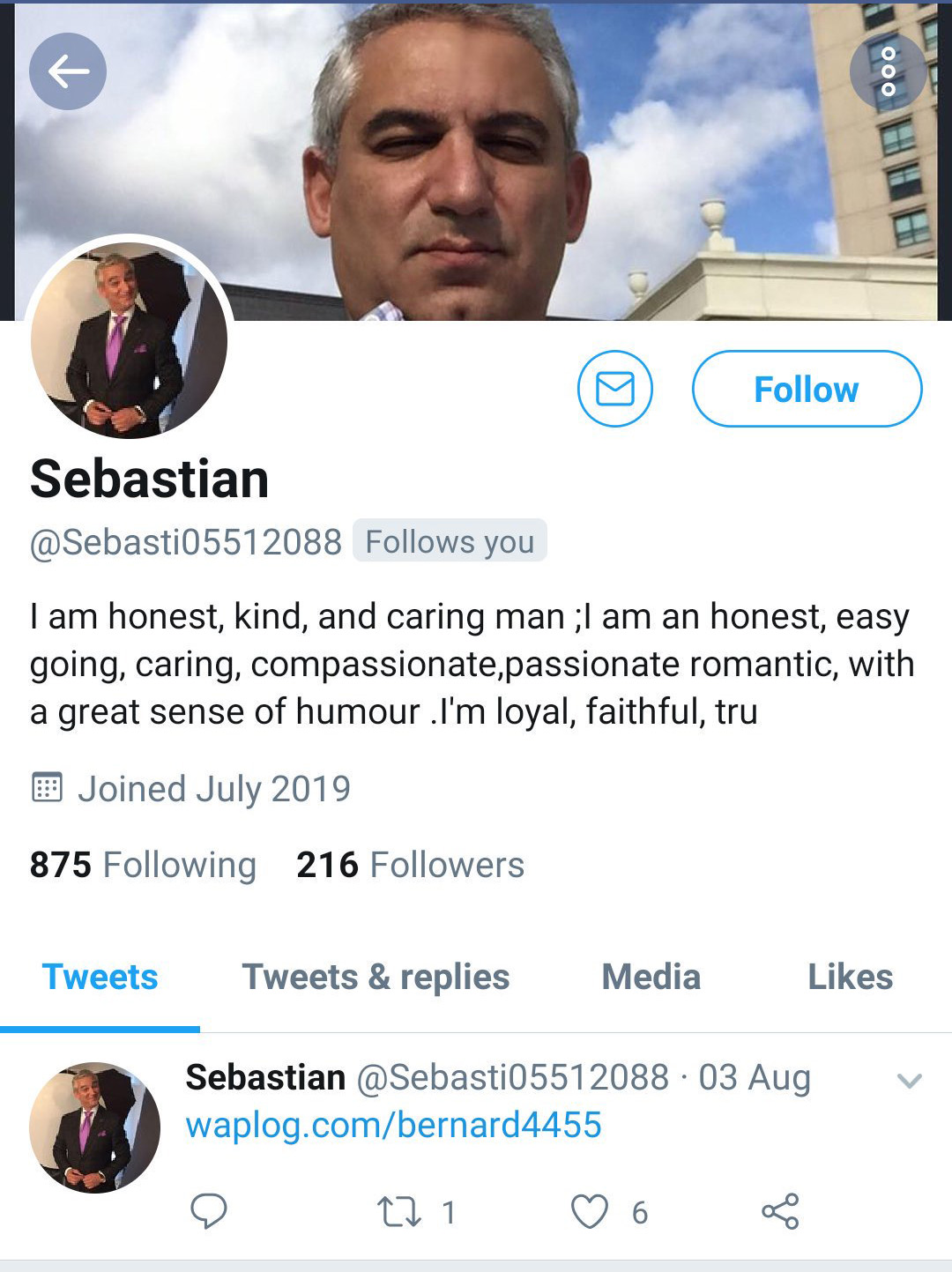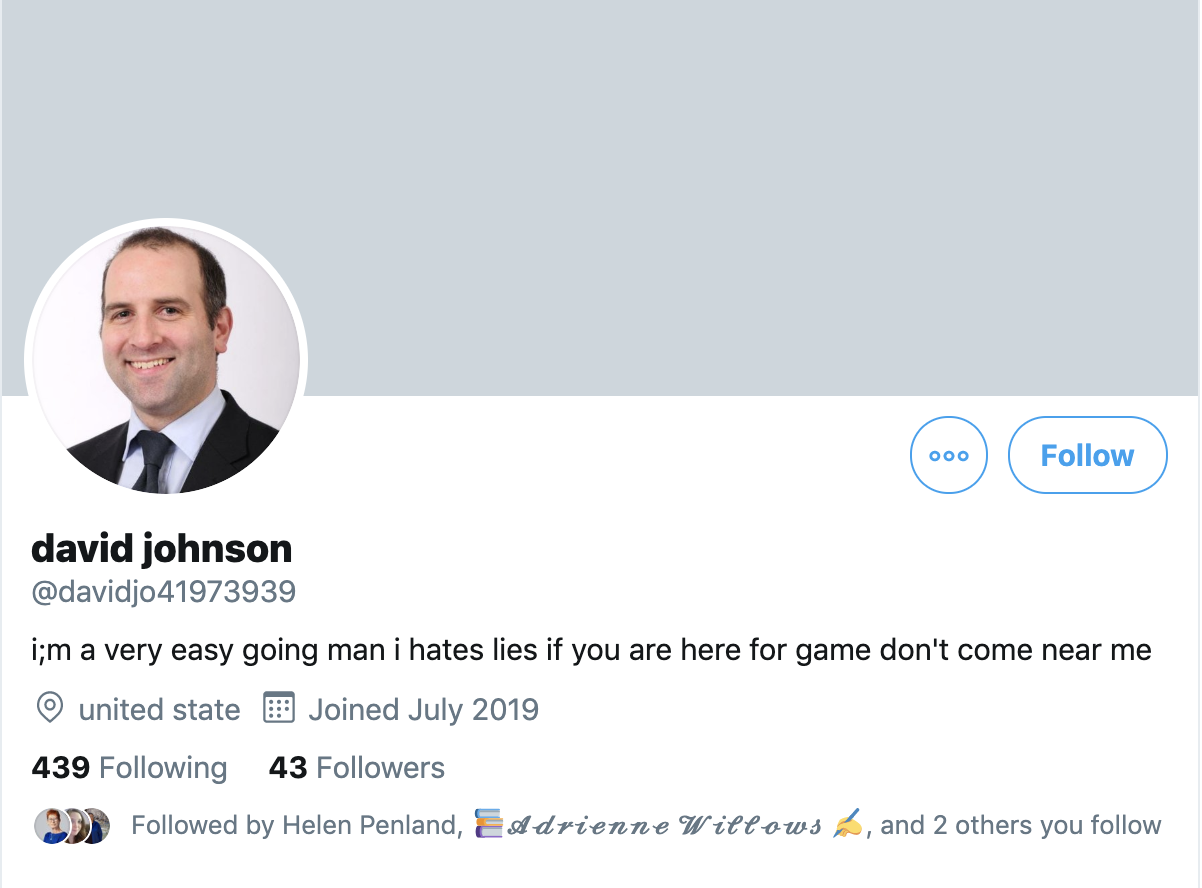Contact by Carl Sagan
The Universe in a Nutshell by Steven Hawking
Fahrenheit 451 by Ray Bradbury
Up Country by Nelson Demille
The Great Gatsby by F. Scott Fitzgerald
Bernice Bobs her Hair by F. Scott Fitzgerald
This Side of Paradise by F. Scott Fitzgerald
Ender's Game by Orson Scott Card
Speaker for the Dead by Orson Scott Card
Xenocide by Orson Scott Card
Children of the Mind by Orson Scott Card
Ender's Shadow by Orson Scott Card
Shadow of the Hegemon by Orson Scott Card
Shadow Puppets by Orson Scott Card
First Meetings by Orson Scott Card
Loose Woman by Sandra Cisneros
The House on Mango Street by Sandra Cisneros
Woman Hollering Creek by Sandra Cisneros
The Cheese Monkeys: a Novel in Two Semesters by Chip Kidd
The Memory of Earth by Orson Scott Card
The Call of Earth by Orson Scott Card
The Ships of Earth by Orson Scott Card
Earthfall by Orson Scott Card
Earthborn by Orson Scott Card
The Treasure Box by Orson Scott Card
A Planet Called Treason by Orson Scott Card
Cruel Miracles by Orson Scott Card
Harry Potter and Chamber of Secrets by J. K. Rowling
A few notes on my first year of keeping a reading log. You’ll notice that a pattern begins to emerge of me latching onto a specific author and reading everything from them that I can get my hands on. This will be a recurring theme, and I find that many people share this trait with me. Reading is such an investment of time that it’s crucial that we’re investing that time wisely. Chances are if you enjoyed one of an author’s works, you will enjoy the rest of their catalog as well.
I believe I picked up Contact at the library because I liked the movie so well. It’s an astonishingly good hard sci fi book, and I appreciated the changes that the movie made, but they changed some of the basic things that make the character of Ellie who she is, so I don’t really see them as deriving from the same universe. I love the book. I love the movie. In my mind, they are very different things.
The Universe in a Nutshell was a broccoli book. I read it because I felt like I should and that it would be good for me. I didn’t particularly understand it or like it. I had carried it around for a couple of weeks in high school because I thought being seen reading it would make me look smart, but I didn’t finish it them. This time I did finish it, but it was a chore.
Fahrenheit 451 was the community read of the summer in 2002 and the library was giving out free paperbacks and hosting discussion groups for people to gather and share their thoughts on the work. I believe I’d read the book once in high school, but I read it again during the summer, though I never did go to any of the community activities.
I remember Up Country because it was my first exposure to a book being set partially during the Vietnam War and I didn’t know much about that era of history or region at the time, so it made a big impression. I learned about the Tet Offensive from this book. I remember taking an intro to Eastern religion course shortly after reading this, and as part of the curriculum, we visited a Buddhist monastery in southern Indiana that was founded by a Vietnamese monk and a small immigrant enclave. The visit coincided with Vietnamese New Year and I had learned the phrase “Chúc mừng năm mới” from Up Country and was able to deploy it during the visit, to good effect.
A part of my quest to read my way through the classics, I devoured some of F. Scott Fitzgerald’s catalog. I had never read Gatsby for school, so this was my first reading of it. It’s time for a re-read, because I don’t remember much about it, and I’m sure I’d pick up on vastly different themes reading as an adult as opposed to the 21 year old I was when I initially read it. The only Fitzgerald I couldn’t make my way through was The Beautiful and the Damned and I did start it, but never finished. Probably because of the misogyny. I’ve been staunchly feminist from an early age, even when I didn’t have the language to explain exactly why I loved Star Trek but hated Captain Kirk.
And then I discovered Orson Scott Card. I loved (past tense) Orson Scott Card. He remains the only author for whom I’ve ever made the effort to go to a reading/signing. I have a huge shelf of his books that I made the effort to get signed. And, yes, Orson Scott Card is cancelled. I no longer buy his books or re-read them. Not only are there problematic themes in his early works, he is abhorrent as a person. I won’t go my feelings about him here, but he is, and remains, a bigot. And I don’t financially support bigots by buying their work.
In between OSC, I fell back in love with Sandra Cisneros. I was introduced to her poetry in high school and she is still amongst my favorite poets. Her novel came out around this time, and I made an effort to read through her catalog. I did buy the novel Caramelo and started reading it, but never finished. It was a bit of a narrative mess and I found myself unable to connect with it.
I also discovered Chip Kidd at this time while browsing a bargain bin. The book design is what drew me in and made my purchase the book, which makes sense because Chip Kidd is the renowned graphic designer behind such iconic book covers as Michael Crichton’s Jurassic Park and Dean Koontz’s Intensity. It would be hard to overstate how much of an impact The Cheese Monkeys had on me. I hadn’t yet begun a career as a graphic artist, but I had learned some of the basics of Adobe Creative Suite in college and my roommates had been in the graphic design program. I also hadn’t gone to a traditional four-year university, but all of my best friends had and I was envious of their experience. I felt like reading this novel gave me a small taste of what it would have felt like to have gone to learn graphic design at a university. The characters were vivid and compelling, and the story surprised me several times. I still own several copies of the book and recommend it to people, but I haven’t yet read Kidd’s follow-up novel. I should put it on my “to be read” list immediately. I think Cheese Monkeys is part of what prompted me to apply for college again.
“This is an odd-ball story of graphic artists attending a state university. It informed me as to how some of my friends had experienced their time at edifices of higher learning, and also what lasting value they had gained from these experiences, and led me to the further realization that I may not have benefitted from continuing to pursue a degree. On another level, the descriptions of the students pouring their energy into creative pursuits during their training to become graphic artists reignited my own interest in the field. I had dabbled in design and illustration in college and enjoyed it immensely but had no intention on making that interest into a career. I believe reading and re-reading this novel helped set me on a path to becoming a professional designer. ”








